ChatGPT: everything you need to know about the AI chatbot
Artificial Intelligence, otherwise known as AI, has been dominating the news for the past few years, and of all of the potential chatbots you can use
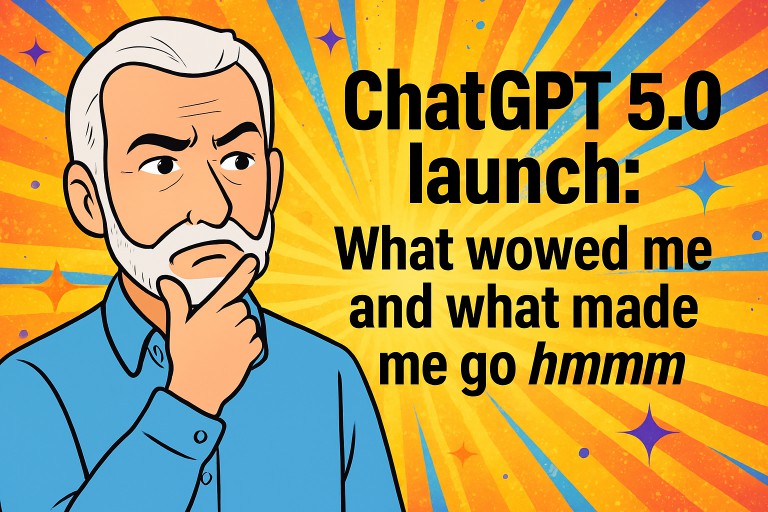
The OpenAI team, led by Sam Altman, has finally unveiled GPT-5, with around 600,000 people watching the launch livestream either live or during the first three hours afterward (and you can do the same too if you missed it). While that lags certain space shots and World Cup events, the audience demonstrates tremendous interest in the newest version of ChatGPT. YouTube isn’t totally forthcoming with viewership data, but only two or three Apple events have had significantly more people watching their livestream.
I previewed GPT-5 before the launch and pretty much everything that we expected was announced. Below, I will talk about what surprised/impressed me and what made me scratch my head.
Many writers including myself, have complained about hallucinations, errors and other flubs. All true. But we also need to take deep breath and acknowledge the tremendous progress that OpenAI has made since the first public version of ChatGPT. That version was more of a toy than tool. The currently available versions—4.0, 4.1 and 4.5— are very powerful and more useful. If GPT-5 lives up to even half of the promises that they made today, it will represent a major jump forward. Wow 1.5 came when Sam Altman said that they now have 700 million users. I applaud their ambition and am reminded of a quote from Leo Burnett (who is on the Mount Rushmore of advertising): “When you reach for the stars you may not quite get one, but you won’t come up with a handful of mud either.” OpenAI is clearly reaching for the stars
If you looked at at the menu at the top of the ChatGPT page before launch, you’d see multiple options for different models. There was a word or two about what each model is supposed to be good at. It was always confusing, at least to me. Now they are moving everyone to GPT-5 and are shutting down the older models. This chart summarizes the differences between GPT-4 and GPT-5. Altman said that if GPT-3 was a high school student and GPT-4 was a college student, GPT-5 will operate at a PhD level. This version will be available to all commercial users soon (enterprise and education later). Free users will have their usage capped and will be moved to a less powerful model when they exceed the cap.
| Feature | GPT-4 | GPT-5 (Expected) |
|---|---|---|
| Reasoning Ability | Strong, occasional logic gaps | Near PhD-level reasoning |
| Multimodality | Text, images, voice | Text, images, voice, video |
| Context Memory | Up to ~128k tokens | Up to ~1 million tokens |
| Agent Autonomy | Limited, needs frequent input | More independent, multi-step tasks |
| Speed Options | One main model | Flagship, Mini, Nano versions |
| Media Support | No video support | Full video understanding & generation |
OpenAI stressed that GPT-5 will spend less time in Fantasyland than prior versions. This is welcome news, assuming that it’s true. They made reference to percentages better but they didn’t show their work. My gut says it will be directionally (and probably significantly) better but not yet perfect.
Some people have used voice to access ChatGPT in prior versions. There has clearly been a major effort to elevate voice to the same level as text input. I am not yet clear how much of their usage this will represent but it is definitely a great option. My skepticism is based in part on being overly optimistic about how quickly Alexa would revolutionize commerce for Amazon. I envisioned a world where people in kitchens would be ordering groceries while they cooked but I haven’t seen that happen. Typing may still be the preferred input method for many people.
This will go into both categories. They tried to demo how easy it is to develop web applications using GPT-5. One fellow “developed” an app to teach his girlfriend how to speak French with his family. It kinda, sorta worked but looked like a high school class project. They claim that coders prefer working in GPT-5 but didn’t show their work or sources. They also showed how GPT-5 could help with debugging. Put this in the bucket of “great if it actually happens”.
First, do no harm. It sounds as if OpenAI is taking its responsibilities to society seriously. There was discussion of how GPT-5 would respond to problematic searches. It will provide more context as to why something is wrong, unethical or dangerous. They are terming this “safe completion”. Will be worth continuing to track this over time.
Maybe Apple and others have spoiled us, but the actual presentation was amateurish. They ran nervous product people on and off of the stage in three minute segments. A lot of the “jokes” felt unscripted and awkward. I know it’s about the product, not the packaging, but it feels like it is time for them to up their game.
One very interesting example showed how a parent might help their high schooler with a science report on the Bernoulli effect. So far, so good. The presenter then asked “Wouldn’t it be great to have an animation that showed this?” Yes! And, if she had continued to explain it in layman’s terms, it would have been very great. Instead she said “create an SVG using Canva” and showed a bunch of Python code. There is still an opportunity to make the power of ChatGPT 5.0 more accessible to the average user but it needs to be pitched at that level.
One of the leading AI scientists is Daniel Kokotajlo. He was a top engineer at OpenAI before leaving. He is also the main author of AI 2027, a very well documented and reasoned study of the development path for AI. According to that paper, it will still take two or three years for AI to really do much of a developer’s job. OpenAI pretty much claimed they are heading there with GPT-5. Not sure that I buy this. Again, directionally perhaps. All the way? Not until I see more.
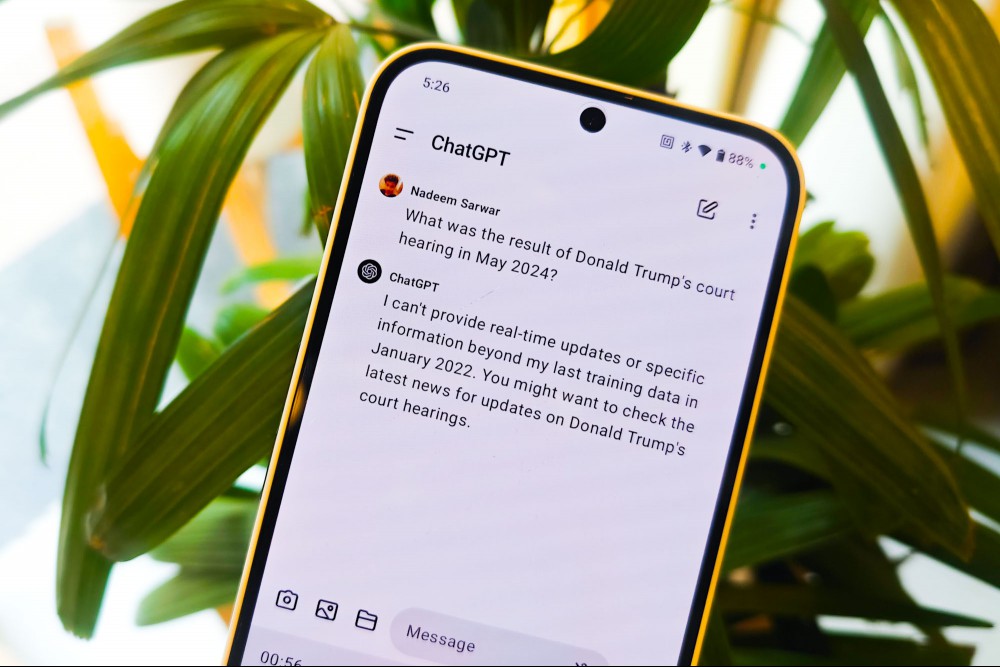
Artificial Intelligence, otherwise known as AI, has been dominating the news for the past few years, and of all of the potential chatbots you can use

Chinese smartphone brand, Honor, is usually at the helm of camera-centric smartphone innovations and delivering ultra-slim foldable phones. For its ne
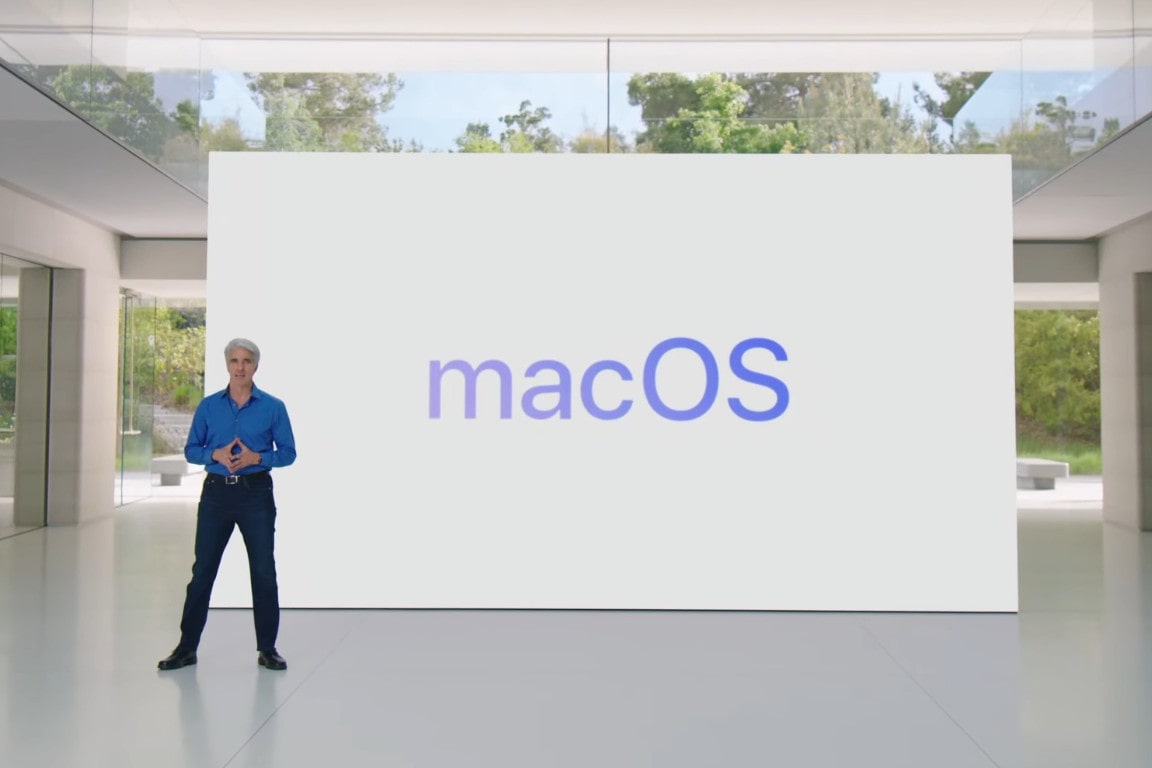
Apple WWDC This story is part of our complete Apple WWDC coverage Apple’s Worldwide Developers Conference (WWDC) is just under one month away. Normall

OpenAI has made GPT-4.1 more widely available, as ChatGPT Plus, Pro, and Team users can now access the AI model. On Wednesday, the brand announced tha
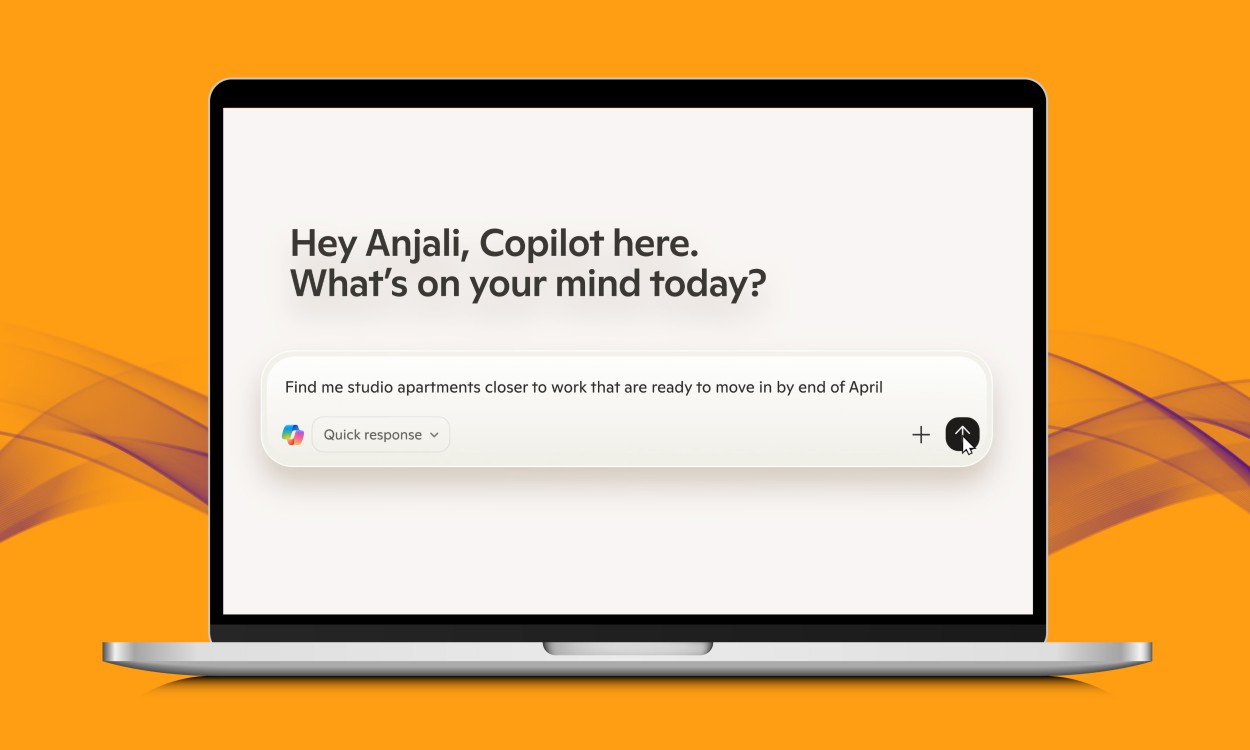
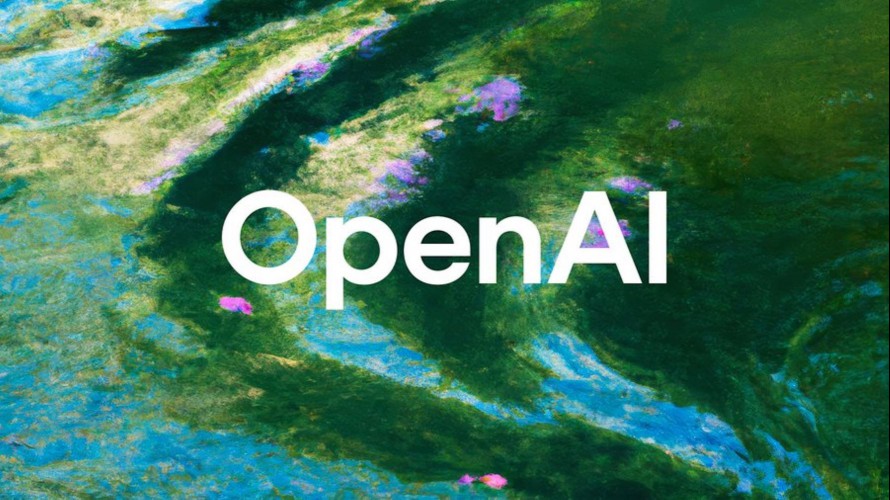
Everyone has been talking about ChatGPT’s new image-generation feature lately, and it seems the excitement isn’t over yet. As always, people have been

There’s a running joke in the streaming world. By the time you decide what to watch, the snacks are over, or the mood is gone. Netflix even launched a
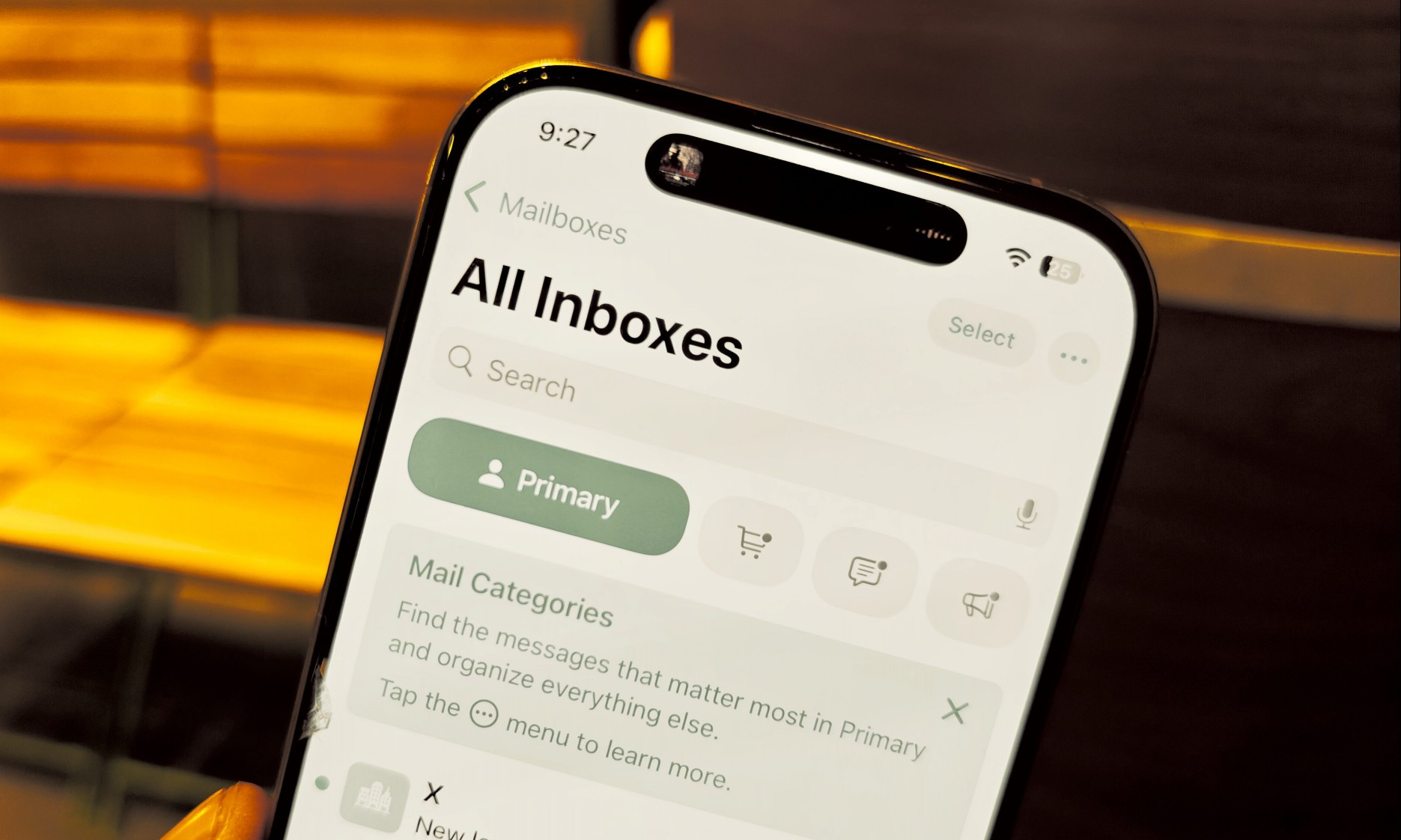
Apple’s AI efforts haven’t made the same kind of impact as Google’s Gemini, Microsoft Copilot, or OpenAI’s ChatGPT. The company’s AI stack, dubbed App
We are a comprehensive and trusted information platform dedicated to delivering high-quality content across a wide range of topics, including society, technology, business, health, culture, and entertainment.
From breaking news to in-depth reports, we adhere to the principles of accuracy and diverse perspectives, helping readers find clarity and reliability in today’s fast-paced information landscape.
Our goal is to be a dependable source of knowledge for every reader—making information not only accessible but truly trustworthy. Looking ahead, we will continue to enhance our content and services, connecting the world and delivering value.